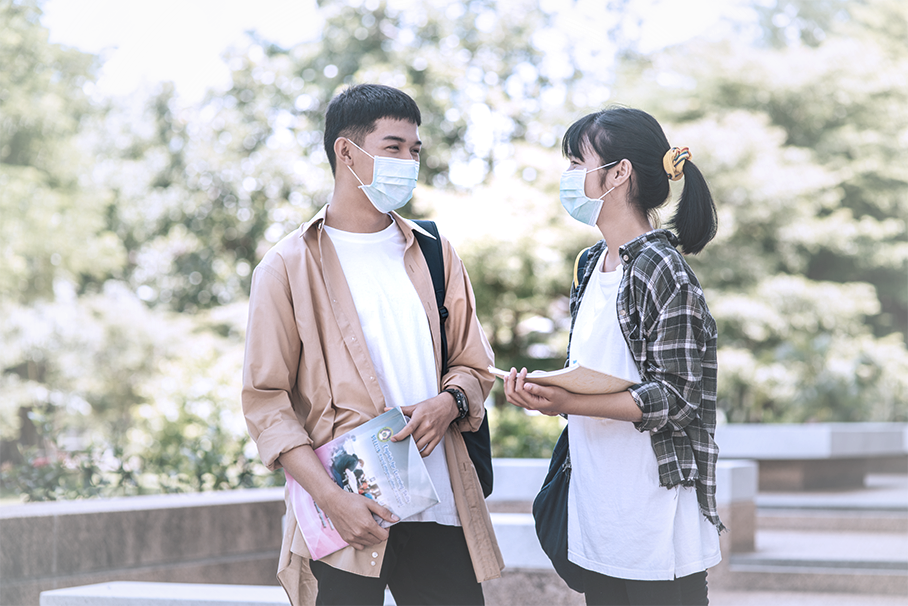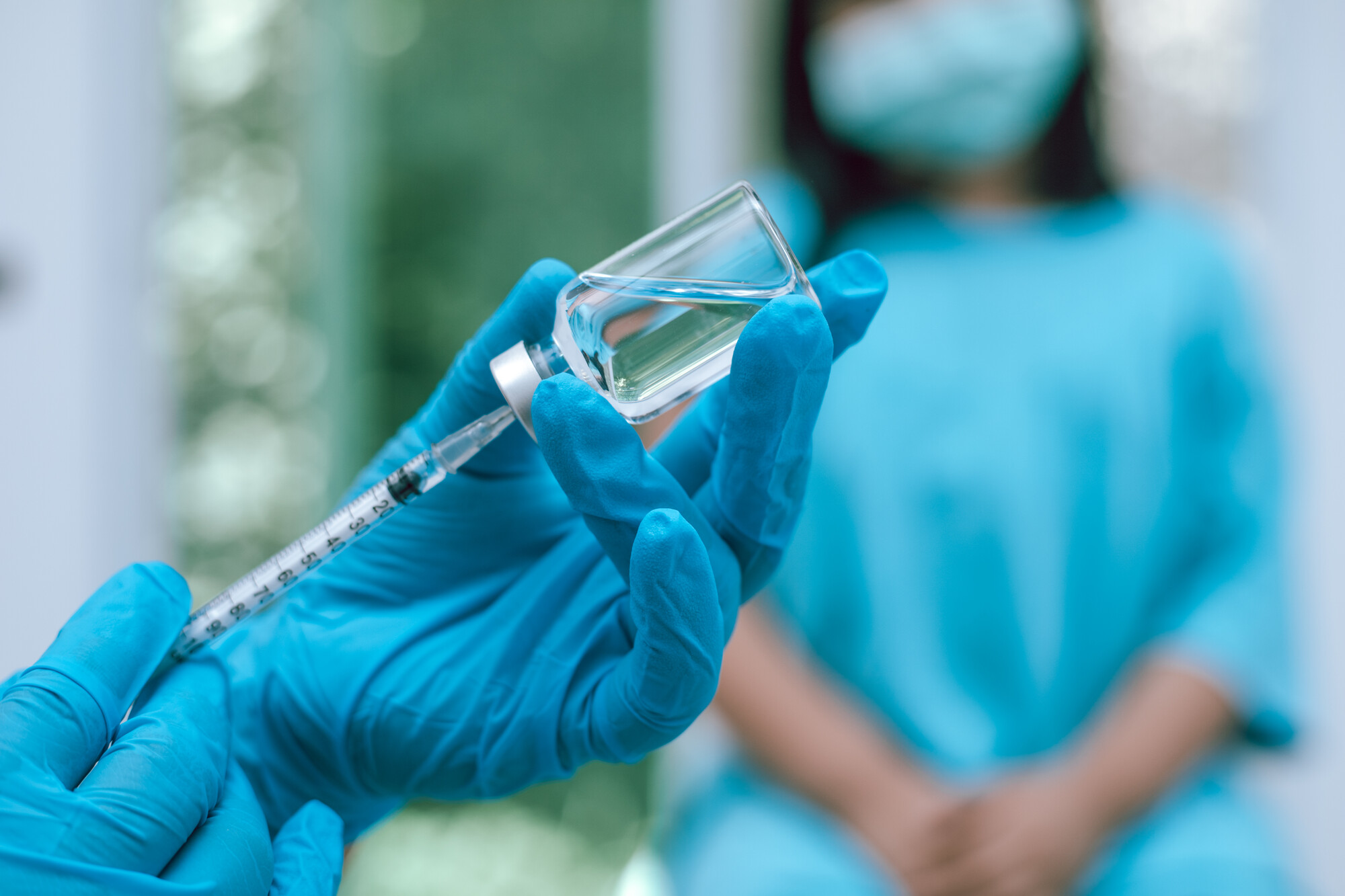1. COVID-19 Risk of Infection in Children
1.1. Frequency of Infections
Children and adolescents often develop milder symptoms than adults. Since they are less likely to have underlying health conditions that increase complications, the risk of severe outcomes is lower. However, studies show that children with mild or no symptoms can carry similar viral loads in their nose and throat as symptomatic adults, making them potential spreaders of the virus.
1.2. Transmission from Children to Others
Children can spread COVID-19 among themselves as well as to adults, regardless of whether they show symptoms.
1.3. Preventive Measures in Daily Life
COVID-19 spreads mainly through respiratory droplets and aerosols — tiny particles that can remain airborne. These are released when breathing, talking, sneezing, or coughing, and infected individuals can spread the virus one to two days before symptoms appear.
During fall and winter, viruses tend to spread more easily in enclosed spaces due to:
• Poor ventilation: Fresh air helps reduce virus concentrations.
• Close indoor interactions: People spend more time together indoors, increasing exposure risk.
Parents can reduce risks by ensuring proper ventilation, practicing good hygiene, and teaching children to wash their hands regularly.
1.4. Preventing Transmission During Infection
Children with COVID-19 should stay home and avoid contact with people at higher risk, such as the elderly or those with preexisting conditions. Because children often show mild or no symptoms, detecting the infection early can be challenging. Parents should monitor for signs like fever or coughing and act accordingly.
2. COVID-19 Vaccination for Children
2.1. Which Children Should Be Vaccinated?
The Standing Committee on Vaccination (STIKO) recommends vaccination primarily for children with underlying conditions that increase the risk of severe COVID-19, such as:
• Asthma or lung diseases
• Immune suppression
• Diabetes
For healthy children, the risk of severe illness is very low, and vaccination is generally not necessary. If a child has had a COVID-19 infection, an annual booster is typically not required.
2.2 Side Effects Observed in Children After Vaccination
The Paul-Ehrlich-Institute (PEI) continuously monitors vaccine safety across all age groups. Most side effects in children are mild and resolve within a few days.
Common side effects:
• Pain, redness, or swelling at the injection site
• Fatigue, headaches, fever
• Less common: Nausea, diarrhea, appetite loss
Rare side effects:
• Myocarditis (heart inflammation) has been reported in very rare cases following mRNA vaccinations or Nuvaxovid. [3]
3. COVID-19 Course in Children
3.1 How Long Should Children Stay Home?
The Robert Koch Institute (RKI) recommends that children with respiratory symptoms like a runny nose, sore throat, or cough stay home for three to five days or until symptoms significantly improve. [4]
3.2 Common Symptoms
While many children show no symptoms or only mild ones, common symptoms include:

3.3 Signs of Severe Infection
Severe cases in children are rare and usually involve underlying health conditions. Warning signs include:
• Shortness of breath
• Chest pain or tightness
• Blue lips
• Confusion or unusual drowsiness
Seek emergency care immediately if these symptoms appear.
3.4 Omicron Variant in Children
The Omicron variant tends to affect the upper respiratory tract, making coughs more common. Symptoms like loss of taste or smell are less frequent than with earlier variants. [6]
4. Complications and Long-Term Effects
Rare Complications:
MIS-C (Multisystem Inflammatory Syndrome in Children):
A rare but serious immune overreaction that occurs 2–6 weeks after infection, often involving fever and multi-organ inflammation.
Long COVID:
The most common long-term effect in children, though further research is needed to fully understand it.
Conclusion
COVID-19 in children presents unique challenges, but parents can take steps to reduce risks. Proper hygiene, adequate ventilation, and targeted vaccinations for at-risk groups are effective ways to protect children and those around them.
It may also be helpful to take a closer look at the psychological stress experienced by children during the coronavirus pandemic. You can find more information here.
At Data4Life, we develop digital solutions that make health data researchable and promote evidence-based medicine. As a non-profit organization, we handle health data ethically and responsibly.
Our vision is a world in which health data is comprehensively, digitally and securely available for research. And thus significantly improve the prevention, diagnosis and treatment of diseases.
Let's make the world a healthier place!
The contents of this article reflect the current scientific status at the time of publication and were written to the best of our knowledge. Nevertheless, the article does not replace medical advice and diagnosis. If you have any questions, consult your general practitioner.
Originally published on







